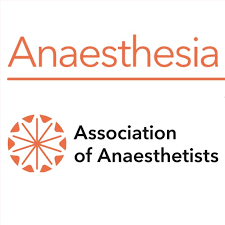New guidelines address critical airway challenges in obese surgical patients
Editor's Note
A multidisciplinary expert panel has released the first evidence-based airway management guidelines specific to patients living with obesity. Published June 5 in Anaesthesia, the 43-point framework—developed by the Society of Obesity and Bariatric Anaesthesia (SOBA)—offers perioperative strategies aimed at improving the safety and consistency of care in a population historically overrepresented in adverse airway outcomes.
The consensus guidelines were developed through a systematic review and three-round Delphi process involving anesthetists, trainees, and patient representatives.
Key recommendations include:
- Pre-operative assessment and planning. All patients with obesity should receive formal preoperative airway assessment, the authors write. Theatre lists should flag patients with BMI >40 kg/m² and allow extra anaesthetic time (Grade D). Backup strategies should be developed pre-induction.
- Peroxygenation and ventilation. The guidance recommends a ramped, ≥30° head-up position for preoxygenation, as well as high-flow nasal oxygen to reduce risk of desaturation. Two-person techniques and airway adjuncts can help when facemask ventilation is difficult.
- Tracheal intubation. Videolaryngoscopy should be first-line, authors recommend, with hyperangulated blades considered if operator is trained. Quantitative neuromuscular monitoring should confirm adequate paralysis where feasible. Tracheal intubation should occur in the operating theatre.
- Supraglottic airway devices (SADs). The guidance recommends second-generation SADs only as a primary airway and only with a clear escalation plan. They are also effective as rescue devices between intubation attempts (Grade D).
- Tracheal extubation must be carefully planned, the guidance specifies, including preparation for re-intubation if needed.
- Organizational responsibilities: Hospitals should appoint an obesity lead, provide specific training, and maintain appropriate equipment. The guidance also recommends that resident anesthetists should receive formal training in managing patients with obesity.
Each recommendation was graded A through D based on available evidence and underwent structured voting to assess strength of consensus. While these guidelines do not replace existing airway management protocols, they address distinct risks associated with obesity and provide targeted strategies for safer anaesthetic care, authors conclude.
Read More >>

 Free Daily News
Free Daily News